Vernal Pools
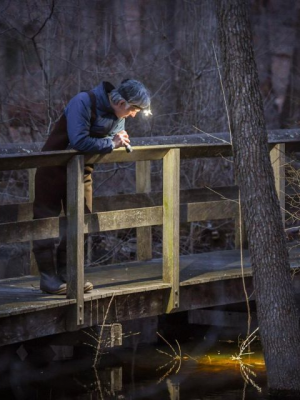
About Vernal Pools
Vernal pools (or vernal ponds) are temporary, often seasonal, bodies of shallow freshwater that are fed exclusively by precipitation and runoff; they have no permanent inlets or hydrological connection to groundwater. They exist in depressions that are filled with water during spring snowmelt or periods of high precipitation. They usually last for several months before drying up into muddy wetlands, but they sometimes can persist for years. Because they dry up they don’t support fish or other species that require permanent water.
Most of Long Island’s vernal pools are associated with kettle potholes and other perched topographic depressions that resulted from the island’s glacial history, but vernal pool habitat can exist in any area where water is periodically contained for more than two months and where no reproducing fish populations are present.
Vernal pools and their adjacent uplands are an important part of Long Island’s terrestrial landscape and historically have contributed significantly to the region’s biodiversity, especially of amphibians. Their ephemeral nature supports a unique community of wildlife, many of which are uniquely adapted to and reliant upon the pond’s intermittent nature, including the endangered Eastern Tiger Salamander.
However, due to their small size and temporary, isolated nature, these wetlands have been disproportionately impacted by development over the past two centuries. Direct filling and hydrological alterations have resulted in the loss of hundreds, perhaps thousands of vernal pools on Long Island. And they continue to be at risk: given their small size, few vernal ponds fall under the purview of the New York Department of Conservation pursuant to the Freshwater Wetlands Act, which has a minimum jurisdictional threshold of 12.4 acres.
Given the freshwater wetland acreage that has already been lost on Long Island, it is critical for the region’s biodiversity and the island’s terrestrial ecosystems that remaining vernal pools and their adjacent upland habitat be conserved. This is especially true in an era of changing climate when natural systems are already stressed by environmental conditions.
Seatuck’s Vernal Pool Project, initiated in 2020 with support from the Long Island Community Foundation, seeks to advance the long-term conservation of Long Island vernal pool habitat and the unique assemblage of wildlife that it supports. Achieving this goal necessarily starts with a comprehensive understanding of the extent and status of the island’s remaining vernal pools. To accomplish this Seatuck is organizing a group of herpetologists, naturalists, resource managers and other experts into the Long Island Vernal Pool Working Group that will collaborate to inventory and assess the region’s vernal pool resources.
NEW!
“A LANDOWNERS GUIDE TO VERNAL POOL PROTECTION & MANAGEMENT”
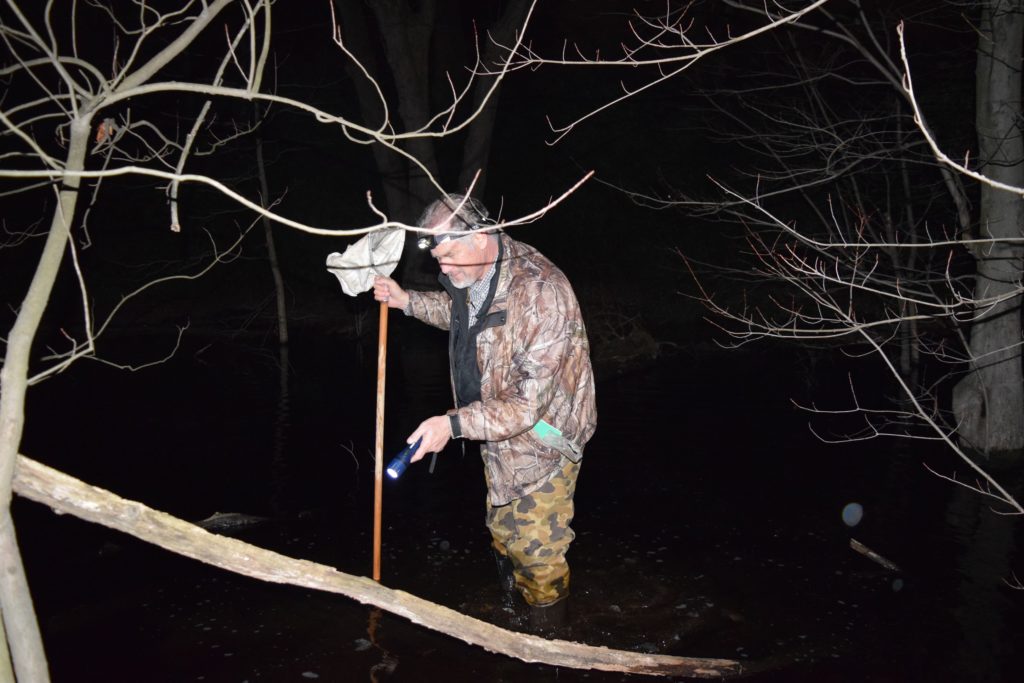
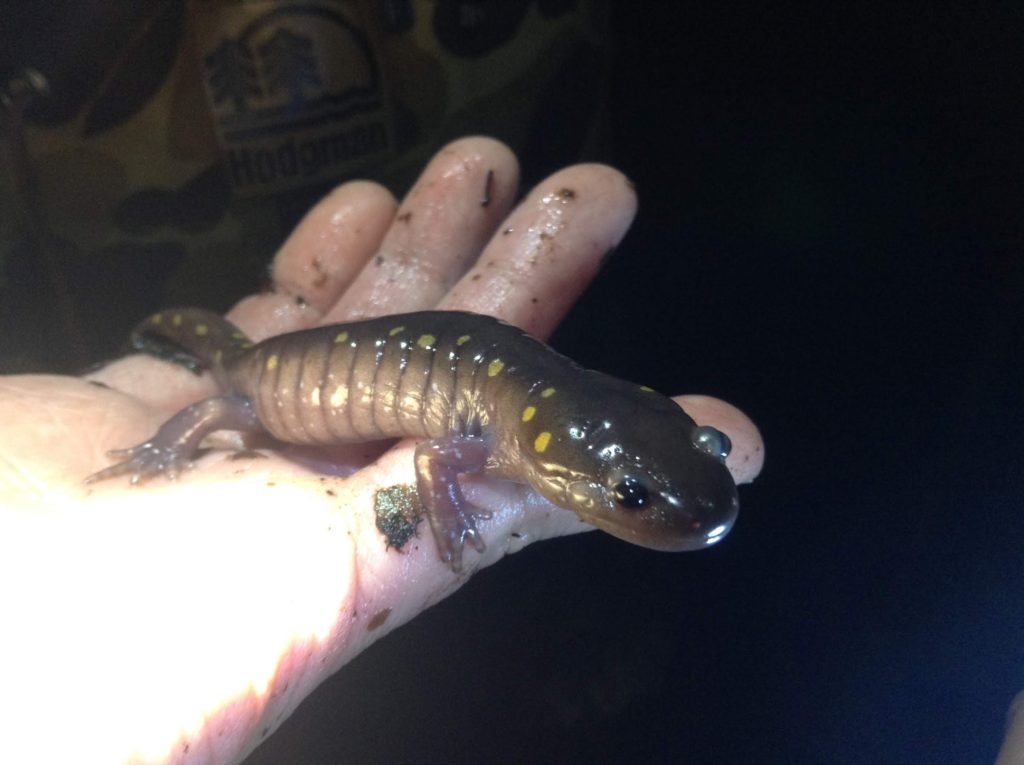
As survey data is gathered, Seatuck and its Working Group partners will engage in an effort to assess, score, and map Long Island’s vernal pools. This will result in 1) a GIS-based map that details the location and status of the region’s vernal pool resources and 2) a strategy document that establishes vernal pool conservation priorities.
Armed with this information, Seatuck and its partners will initiate a comprehensive effort to:
- Advocate for public acquisition/protection of high priority sites
- Petition NYSDEC to exercise authority to regulate high priority sites as wetlands of “unusual local importance,” and/or
- Work with landowners to adopt best management practices for vernal pools (see, Calhoun, A. J. K. and M. W. Klemens. 2002. Best development practices: Conserving pool-breeding amphibians in residential and commercial developments in the northeastern United States. MCA Technical Paper No. 5, Metropolitan Conservation Alliance, Wildlife).
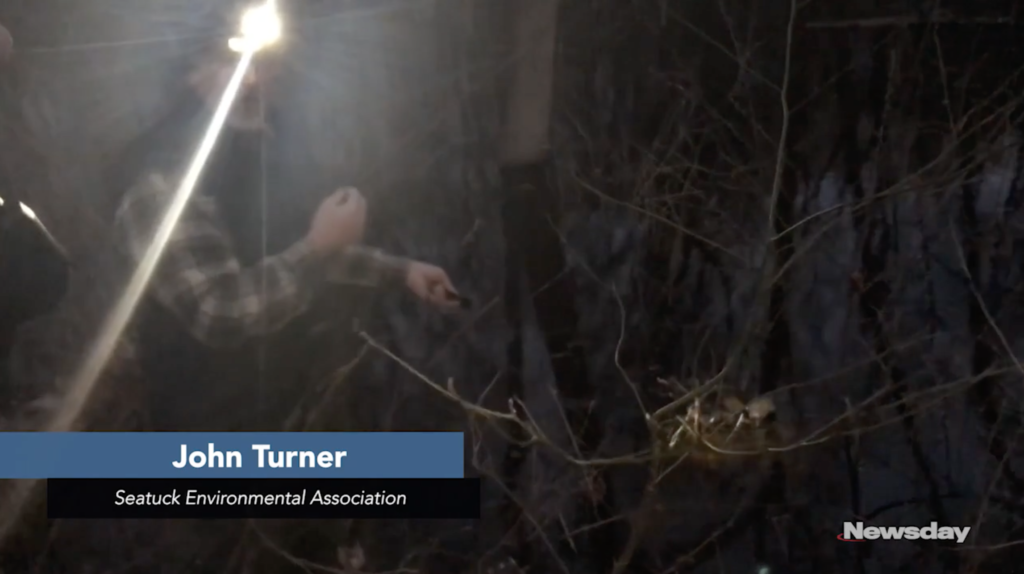
“This year has been phenomenal,” John Turner, a conservation policy advocate for the nonprofit Seatuck Environmental Association, said one warm April night at a vernal pond in Nassau County. “To me, spring peepers are the harbinger of spring. I don’t know if they could be much louder.”
Newsday April 13, 2019
Related Information
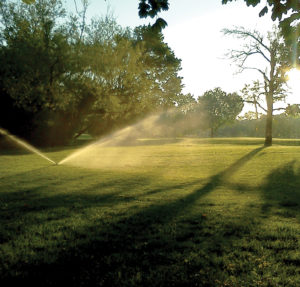
Water Reuse
Seatuck’s “Water Reuse Roadmap & Action Plan” seeks to advance water reuse as a strategy to address water quality and water quantity issues across Long Island.
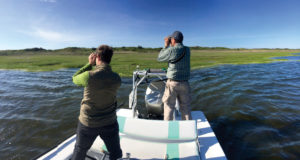
Surveys & Consulting
Good conservation begins with good science. A thorough understanding of both historical and existing ecological conditions is essential to ensuring that decisions regarding conservation policy initiatives and land management are effective and successful.
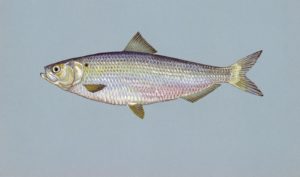
Diadromous Fish
Diadromous Fish Diadromous Fish 99% of the 30,000+ fish species on Earth live exclusively in either salt or fresh water. The rest are known as “diadromous fish,” a category of unique fish that spend part of their life cycle in
